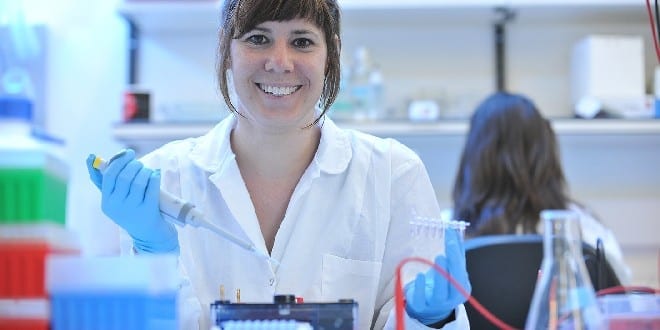It turns out that a thin, relatively obscure region in the brain called the claustrum plays a significant role in retaining data about something momentous that you experienced and the context in which it occurred. For example, you probably recall where you were when you had your first kiss or when you first heard that two planes crashed into New York’s Twin Towers.
This mechanism also has another important role – the claustrum underlies drug addiction and is the reason why being in a sordid environment or with people associated with memories of drug use often leads to relapse.
The brain region, named for the Latin word meaning “to close” or “to shut,” is considered to be the most densely connected structure in the brain. This makes possible the integration of various cortical inputs (such as touch, sound and color) into one experience rather than separate events. The claustrum is difficult to research because of the relatively few people who get tumors in the region and the poor resolution of neuroimaging in the area.
Now, new research by Prof. Ami Citri and doctoral student Anna Terem at the Hebrew University of Jerusalem’s Edmond and Lily Safra Center for Brain Sciences and the Alexander Silberman Institute of Life Science shows that the claustrum plays a significant role in making connections between momentous events and context and environment and drug addiction relapse. They published their findings in the latest edition of the journal Current Biology in an article titled “Claustral Neurons Projecting to Frontal Cortex Mediate Contextual Association of Reward.”
As the number of deaths caused by drug overdose grows each year, the new study has wide-ranging implications towards a better understanding of the nature of addiction and the importance of breaking contextual cues before they develop, said Terem. “By recognizing that the claustrum plays a pivotal role in creating a context association for reward, it becomes a structure of interest for the field of addiction.” She suggested that this knowledge could lead to the development of new diagnostic tools to identify groups susceptible to addiction, as well as new treatments.
The researchers’ findings fit the idea of “incentive salience” – the cognitive process that confers a “desire” or “want” attribute that includes a motivational component to a rewarding stimulus). For example, the storefront of a candy shop becomes very attractive to kids after repeated associations with the rewarding treats that are sold inside. In time, children unconsciously learn to “want” to see the store stimulus, which is separate from their “liking” the actual candy reward.
Taking a closer look at how context becomes associated with cocaine, the researchers found a group of neurons within the claustrum that lit up during cocaine use. Further, these neurons are pivotal in the formation of an incentive salience that connects context with the pleasure of cocaine.
To find out when and how the claustrum participates in incentive salience, Citri and his team employed a conditioned-place preference (CPP) test for a group of lab mice. During this test, the mice learned to associate reward with context. The researcher administered cocaine to the mice and placed them in an area with distinctive flooring (rugged) and wall patterns (dots), ones that a mouse would notice, as the drug started to kick in. After a few times of this, when placed in a room where the mice could choose either to hang out in a region similar to the one paired with cocaine (rugged floors and dots on the wall) or a neutral area (smooth floor and striped walls), the mice would quickly stay in the area where their drug high had played out.
To test the claustrum’s involvement in how a context becomes associated with a given reward, Citri and his team observed the changes in mice behavior when they inhibited these claustral neurons. They found that the inhibition of these neurons inhibited the mice’s behavioral responses to cocaine, meaning they no longer preferred hanging out in the cocaine-paired environment. On the other hand, activating these neurons – even in the absence of any cocaine—caused the mice to develop a preference for this context.
The team discovered this important fact – that the activity of the claustrum was not necessary for retrieval of the cocaine memory. Once the mice had been placed in a cocaine-paired context several times to enjoy their cocaine high, the memory for this context was encoded and inhibition of the claustrum had no effect on their preference for the cocaine-paired context. “These findings boosted our confidence that the claustrum is indeed integral to incentive salience, heightening the awareness of the mouse to the context in which it experienced the drug high,” Citri concluded.



